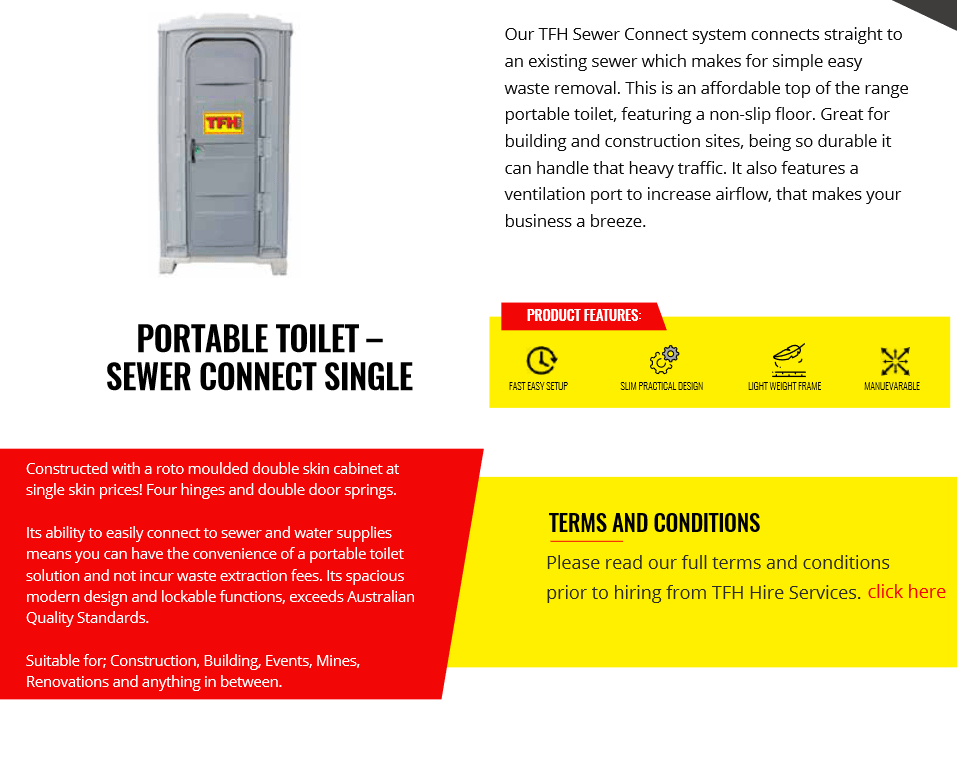Some Known Details About Reclaim Waste
Some Known Details About Reclaim Waste
Blog Article
Rumored Buzz on Reclaim Waste
Table of Contents5 Easy Facts About Reclaim Waste ShownReclaim Waste Fundamentals ExplainedThe Reclaim Waste StatementsLittle Known Questions About Reclaim Waste.What Does Reclaim Waste Do?
Check out the kinds, occurrences, and types of liquid waste. Residential sewage waste refers to the waste and items from a residential sewage-disposal tank. This sort of waste is developed by people in homes, institutions, and various other structures. This only includes septic systems that have a drain area. The correct management and disposal of residential sewer waste need fluid waste to be transferred to a sewer treatment plant where the appropriate approaches and tools are applied to cleanse and dispose of waste.
Business waste usually includes potential hazards, such as flammable materials or a blend of liquid and strong waste items, and calls for an advanced and detailed disposal process. The disposal of business waste normally entails the filtration of waste before transportation to guarantee safe and correct disposal. Industrial waste is produced from byproducts and runoff of industrial processes and manufacturing.
This type of waste can not make use of the same sewage monitoring transport or procedures as septic or business liquids. The commercial waste monitoring procedure calls for the assessment and screening of fluid waste before it undergoes the disposal procedure (liquid waste removal). Overflow waste is the fluid waste that originates from overflow and excess stormwater in extremely populated areas or cities
Overflow waste can cause contamination and flooding if not handled appropriately. Guaranteeing proper waste monitoring can protect against disasters and decrease environmental injury.
What Does Reclaim Waste Mean?
Contact PROS Services today to discover about our waste administration and disposal services and the appropriate means to care for the liquid waste you generate.
(https://reclaim-waste-48112599.hubspotpagebuilder.com/reclaim-waste/expert-liquid-waste-removal-and-disposal-services-your-complete-guide)This so-called 'wastewater' is not just an essential resource but, after therapy, will be released to our land, rivers or the sea. Made use of water from bathrooms, showers, bathrooms, cooking area sinks, laundries and commercial procedures is recognized as wastewater.

water utilized to cool down equipment or tidy plant and devices). Look At This Stormwater, a type of wastewater, is drainage that streams from agricultural and metropolitan areas such as roofings, parks, gardens, roads, courses and gutters into stormwater drains, after rain. Stormwater moves neglected straight to neighborhood creeks or rivers, at some point reaching the ocean.
How Reclaim Waste can Save You Time, Stress, and Money.
In Queensland, the majority of wastewater is dealt with at sewer treatment plants. Wastewater is delivered from domestic or industrial sites through a system of sewers and pump terminals, referred to as sewerage reticulation, to a sewer therapy plant. City governments build, maintain and run most sewer therapy plants. Operators are certified under the Environmental Management Act 1994 to release treated wastewater at an appropriate ecological requirement right into waterways.
The Division of Natural Resources encourages local federal governments regarding handling, operating and keeping sewage systems and treatment plants. In unsewered areas, neighborhood federal governments may require owners to install private or house sewer therapy systems to treat residential wastewater from bathrooms, kitchen areas, restrooms and laundries. The Division of Natural Resources authorizes using household systems when they are shown to be reliable.
A lot of stormwater gets no therapy. In some new subdivisions, therapy of some stormwater to get rid of trash, sand and crushed rock has started utilizing gross contaminant catches. Wastewater treatment happens in 4 phases: Gets rid of solid matter. Larger solids, such as plastics and various other things incorrectly released to sewers, are eliminated when wastewater is passed through screens.
Wastewater after that moves right into big containers where solids clear up and are gotten rid of as sludge. Oil and scum are skimmed from the surface. Utilizes little living microorganisms referred to as micro-organisms to damage down and remove staying liquified wastes and great particles. Micro-organisms and wastes are incorporated in the sludge. Gets rid of nitrogen and phosphorus nutrients that could create algal blossoms in our waterways and endanger water life.
Reclaim Waste Can Be Fun For Anyone
Nutrient elimination is not offered at all sewer treatment plants due to the fact that it needs pricey specialized devices. Clear fluid effluent produced after therapy might still consist of disease-causing micro-organisms - liquid waste removal melbourne.

Most wastewater moves into the sewage system. Under the Act, local federal governments administer authorizations and permits for eco relevant tasks (ERAs) including wastewater releases that could have a neighborhood impact.
Reclaim Waste for Beginners
Surveillance gives valid info regarding water quality and can validate that licence problems are being satisfied. The information obtained with tracking supplies the basis for making water top quality decisions.
Report this page